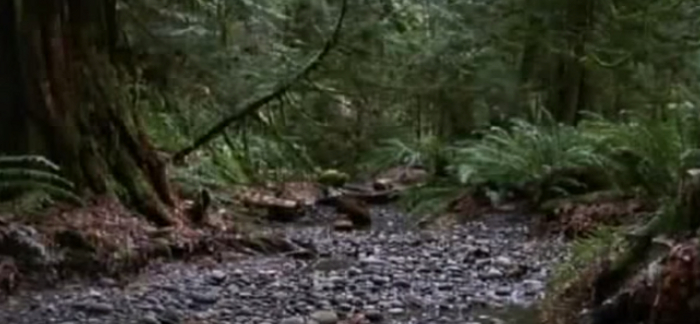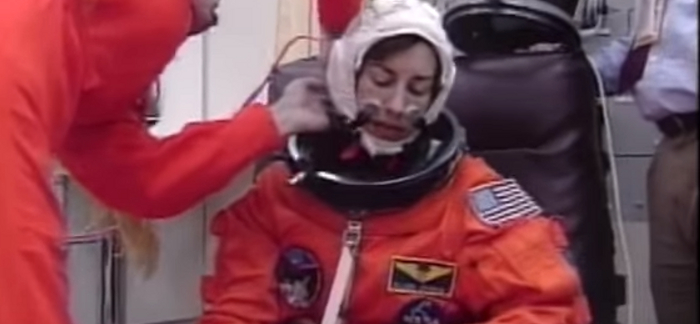The grassland biome is one of the most expansive that is on the planet. It exists on every continent except Antarctica and receive a very specific amount of precipitation every year. If this biome received more rain, then it would become forest lands. If it received less, then it would become a desert. The balance is remarkable, especially considering the fact that grasslands can be near the equator or near the highest latitudes just below the arctic circle.
1. It’s the Best Soil
Grasslands are perfect for growing crops or pastures for livestock. This is because the roots of the grass grow deep into the soil and help to stabilize it. This brings up ground water supplies that help to make the dirt quite fertile and perfect for growing other crops. Considering ¼ of the planet is considered to be part of this biome, it means that the land in this biome has a lot of potential to support life if it is properly managed.
2. Two Different Types
There are tropical grasslands and there are temperate grasslands. In the tropical version, the grass continues to grow throughout the year because the weather is generally warm all the time and just enough precipitation is received to encourage life. In the temperate zones, however, there may be periods of time during the seasons when the grasses may die at the surface. The roots below, however, continue to survive and will grow new life when the weather returns to warmth.
3. Extensively Use
In North America, the use of grasslands has almost completely devastated the biome. It is estimated that only 2% of the original biome continues to exist because the lands are being extensively used for farming today. This has helped to support local economies and provide people with food, but also means that the biome may be over-utilized and that future generations may not have enough because there aren’t new lands with rich soil that can accommodate future farming.
4. Supportive of Diverse Life
When grasslands are left to their natural state, they are naturally supportive of local wildlife. The diversity of this biome is remarkable. Depending on where the land is located, grasslands may support large cats, elephants, wolves, or foxes. It can also support burying life, such as meerkats or prairie dogs. In North America, one of the largest animals supported by this biome was the bison.
5. A Restoration Effort
In the United States, the need to replenish the grassland biome has been recognized. Efforts are underway to convert farms back into prairies by having grasses planted where crops used to grow. The process is slow and methodical, but it seems to be working. The converted lands are once again supporting natural forms of wildlife, which will eventually help to restore the natural ecosystem in the restored areas.
6. Fires Are Required
One of the unique aspects of this biome is that fire is an essential component to life within it. Periodic fires are needed to clear out the dead grasses that accumulate and prevent invasive plants from taking over. This is why intentional fires on grasslands are sometimes set. Without the fire, there would be no life at the end of the day.
7. Little Protection
The grassland biome is one of the least protected biomes on the planet today. Around the world, only 8% of the total grasslands that exists are protected in some way. In North America, only 1% of the grasslands are protected, even in areas that are being restored. Because this is such a balanced, transitional biome, these lands are needed to bring the forests and deserts together so that the world works in the harmonious way that supports life. Without that balance, life becomes much more difficult.
8. Action Is Required
When everybody gets involved in saving the grassland biome, then more work can get done every day. Whether you speak up for wildlife or work to restore lands to their previous state, it is important to do something. We need this biome to work properly so that every species has a chance to survive and thrive. Even something as simple as not having a periodic fire is enough to threaten the very existence of this biome.
The grassland biome is one of the most expansive and diverse biomes on the planet today. The soil is rich and fertile, but that does not mean that we should be exploiting this resource. When carefully managed, our need for farming can co-exist with our need for the biome.




